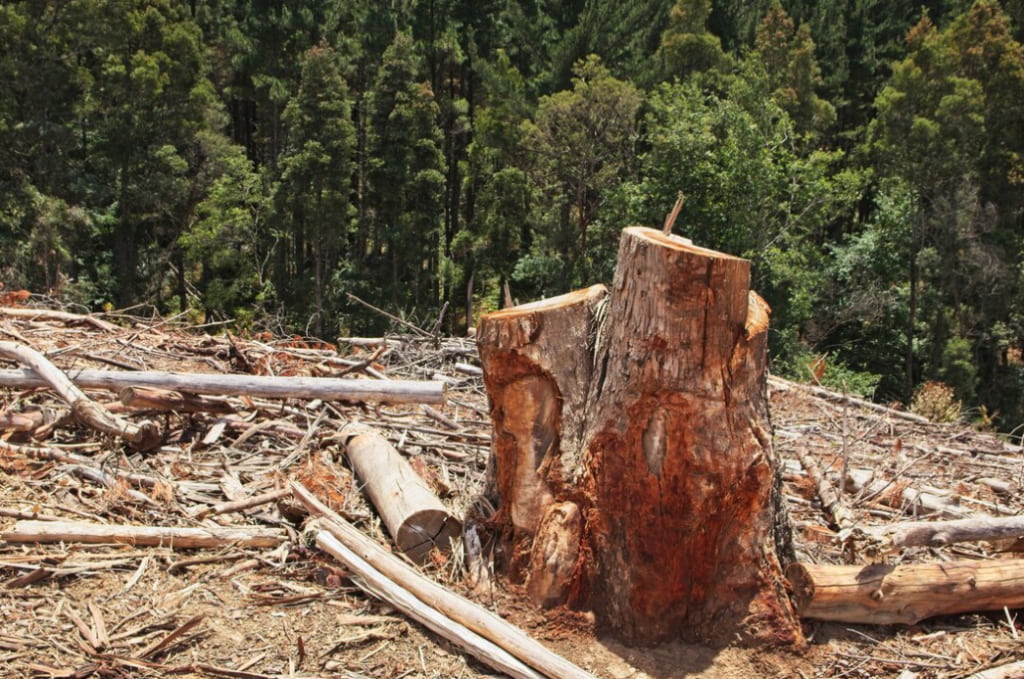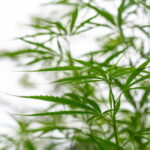In an age where environmental consciousness is gaining momentum, one of our most private daily rituals—the use of toilet paper—casts a long shadow over the planet’s forests and ecosystems. This article delves into the surprisingly large impact of toilet paper consumption on global deforestation, examining the stark numbers and environmental costs behind this unassuming household product. As we unravel the thread of toilet paper’s production and use, we are faced with the question: is our pursuit of personal comfort coming at the expense of the Earth’s well-being?
Daily Consumption and Deforestation
In the United States alone, the daily consumption of toilet paper reaches a staggering 34 million rolls, contributing significantly to the cutting down of untouched forests to satisfy this demand. The rate at which we’re losing forests to deforestation is accelerating, partly fueled by a surge in paper product use, which has grown considerably in the last five years. Our modern world is awash with paper items, ranging from the cards we exchange on special occasions to the unsolicited mail that clutters our mailboxes, and from the delicate tissues we use for personal care to the paper that wraps our gifts. Many of these products, deemed superfluous, result in the unnecessary destruction of trees.
The Hidden Costs of Comfort
Toilet paper may seem innocuous, but it’s a product with a substantial ecological footprint, often overlooked despite its everyday presence. Names like “Cottonelle” and “Angel Soft” cleverly disguise the harsh reality of their origins. The toilet paper industry is a colossal market, raking in $200 billion a year and stands as a significant U.S. export. This industry largely depends on raw materials sourced from places like Canada’s boreal forests, which are being harvested at an alarming rate.
- According to a report by the Natural Resources Defense Council (NRDC) and Stand.earth, an environmental advocacy group, America’s preference for virgin pulp paper products is causing extensive damage to these Canadian forests, jeopardizing wildlife habitats and the well-being of indigenous communities;
- Tissue giants like Procter & Gamble Co. (makers of Charmin), Kimberly-Clark Corp., and Georgia-Pacific (producers of Angel Soft and Quilted Northern) are some of the top contributors to this issue, with Americans, who make up a mere 4% of the global population, using a disproportionate 20% of the world’s toilet paper supply;
- The preference for non-recycled toilet paper in the U.S. is also striking, with only 2% of toilet paper sales constituted by recycled products for home use;
- This means that a vast 98% of the toilet paper in American homes originates from once-thriving forests that are essential to our planet’s ecological health.
These trees, which once played a crucial role in a vibrant ecosystem, end up being reduced to a product used for human waste and flushed away. This fact is as shocking as it is disheartening, highlighting a cycle of consumption and waste that calls for immediate reevaluation and action.
The Production Impact

Toilet paper manufacturing relies on virgin wood pulp, and North America’s forests are the primary source, with Canada experiencing some of the most rapid depletion of untouched forests globally. In Canada, ancient trees, some over two centuries old, are being felled. Top toilet paper brands acknowledge that the softness and plush quality that American consumers favor can only be achieved with virgin pulp. This insistence on ultra-soft tissue has far-reaching consequences, imperiling the traditional territories of Canada’s Indigenous Peoples — 70% of First Nation communities are situated in these forested areas. The environmental impact is profound, threatening biodiversity, amplifying climate change, and leading to significant habitat destruction. Annually, a million acres of Canadian forests are logged, contributing to this crisis, yet Canada does not rank among the top ten nations in toilet paper consumption.
- Beyond the trees themselves, the production process is incredibly resource-intensive;
- According to Scientific American, “Americans use 36.5 billion rolls of toilet paper annually, which equates to the harvesting of 15 million trees. This process consumes 473.5875 billion gallons of water and utilizes 253,000 tons of chlorine for bleaching.”;
- The energy requirement is equally staggering, with around 17.3 terawatts needed each year for production.
And this is all before the toilet paper even reaches the packaging stage, which adds another layer of environmental costs to the already demanding production cycle.
It’s a thought-provoking reflection to consider that as we approach what could be a mass extinction event, society’s preference for toilet paper has become increasingly specific, insisting upon triple-ply luxury over the adequate double, prioritizing supreme softness and a pristine white color. Meanwhile, over 600 Indigenous communities, whose ties to the Canadian boreal forests stretch back further than the invention of toilet paper, are witnessing their homelands and traditions being eroded. The Nature Conservancy has lauded these forests as the planet’s largest land-based carbon storehouse. While we have the technology to produce less luxurious but environmentally friendly toilet paper that spares our ancient forests, industry spokespeople like Georgia Pacific’s James Malone have noted the public’s unwavering demand for softness, which they claim recycled fibers can’t satisfy.

So, here’s the crux of the matter: the classic dynamic of supply and demand driven by capitalism. Eons of evolutionary history are being disregarded for the sake of sensory pleasure and perceived cleanliness. Yet in reality, and quite crudely put, traditional toilet paper may just spread rather than clean.
Nonetheless, the market offers a variety of sustainable alternatives to virgin wood pulp-based toilet paper. Recycled paper options are increasingly common, and innovative materials like bamboo are being utilized in toilet paper production. For those seeking to elevate their personal hygiene, attachable sprayers and bidet seats offer a water-based solution that is both accessible and efficient. Reusable cloth wipes may seem unorthodox to some, but when considering environmental impact, what’s truly more concerning: a washable cloth or the environmental toll of 253,000 tons of bleach infiltrating our water systems? The choices are available for those ready to make a change.
Conclusion
The upside of bidets means that one’s bottom side is actually cleaner. Bidets are far more hygienic than the wiping alternative. As quoted in Scientific America: “Bidet maker BioRelief reports that almost 80 percent of all infectious diseases are passed on by human contact and that only about half of us actually wash our hands after using the facilities—making hands-free bidets a safer alternative all around.” BioRelief proposes the idea that if you don’t have to use your hands at all then there is less chance of passing or coming in contact with a virus.
So with all the options available to us with just a click of a button, are we still, as consumers, knowing what we know after digesting all these facts, going to flush them down the proverbial toilet along with our plush toilet paper? It’s your choice now.

